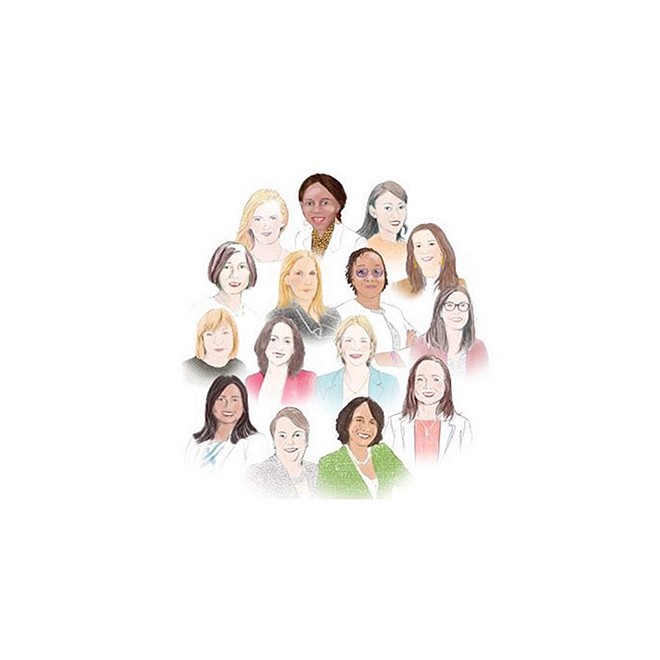Optimal Reality
The Digital Twin Solution Creating Some of The World’s Most Advanced Operations Systems.
Around the world, enormous investments are being made to create smarter cities to improve how we live, work and move. Sectors such as transport, energy and agriculture are changing more quickly than ever before from rapid technological innovation as well as in response to climate change, population growth and globalisation.
Digital twins provide a way for us to change complex systems with more confidence than ever before, by creating digital versions of physical systems so organisations can make better, faster and more optimal decisions for their business operations and performance in the physical world.
Optimal Reality (OR) is Deloitte’s digital twin capability based on simulation techniques pioneered in Formula 1 racing. Optimal Reality creates an advanced digital replica of the physical networks and systems that a business operates within, running millions of possible scenarios in real-time to make optimal decisions, faster. By harnessing Formula 1 simulation modelling and scaled cloud computing, Optimal Reality is tackling our built environment’s greatest challenges.
We’ve built the Optimal Reality platform to deal with the most wicked problems faced by our clients. We’re helping them create smarter cities by linking together the physical and digital worlds in advanced ways that have been done by sectors such as aviation, F1 and space exploration.
With a digital twin based approach, you get the most advanced approach to seeing what is happening in real-time through a mission control interface.
This includes:
- A holistic picture from a wide range of data sets – particularly areas like weather and new technologies for instrumentation
- Inference into network “dark spots”– so you can see what’s happening when you don’t have the right levels of instrumentation and want to choose where to add more of it
- The ability to predict the future using AI and physics-based simulation to optimise the network
- The application of AI and computer vision from visual information streams – more efficiently and accurately than a human can
- Experimentation and scenario planning to inform operational decision making
- A collaborative environment for teams to come together on events and decision making in real time, speeding up the time to resolve an issue
- A centralised hub where all parties can review and assess the impact of their decisions, allowing for continuous learning
Optimal Reality does all of these things. We believe it is the ideal solution for clients needing a core platform for mission control operations.
Unlike many digital twin solutions, Optimal Reality is advanced in using both historical data and real time data integration. Deloitte brought together data engineers, scientists and developers, simulation engineers, infrastructure and DevOps engineers, testers, risk advisory, UX and mobile developers, business analysts, human capital and change management experts to build and operate a world-leading digital twin solution.Optimal Reality using advanced cyber technologies, it is an IRAP assessed cyber architecture applying DevSecOps practices with predictive and proactive monitoring
Optimal Reality has being adopted by an Australian State Transport & Planning authority to help create one of the most advanced transport operations systems in the world and one of the largest IOT programs in Australia. It is providing their command centre up to 24 million updates per hour and provides real-time situational awareness from over 20 real-time data sources

Key use cases
We create smart cities around connected industries, providing mission control capabilities for strategic and operational challenges. Our primary focus is on the transport and energy sectors – two of the most rapidly changing industries in terms of technology, consumer behaviour and geopolitical trends.




